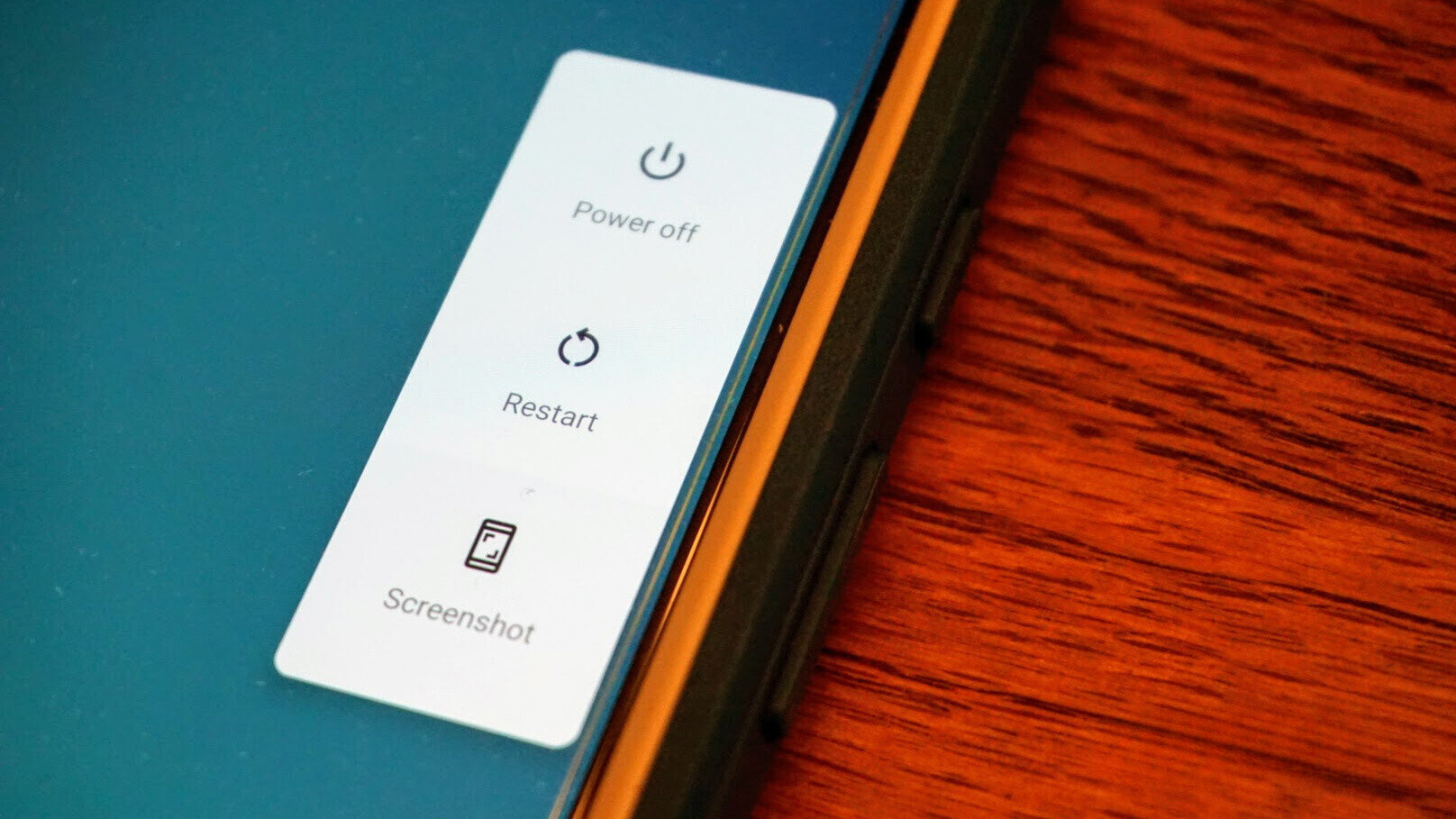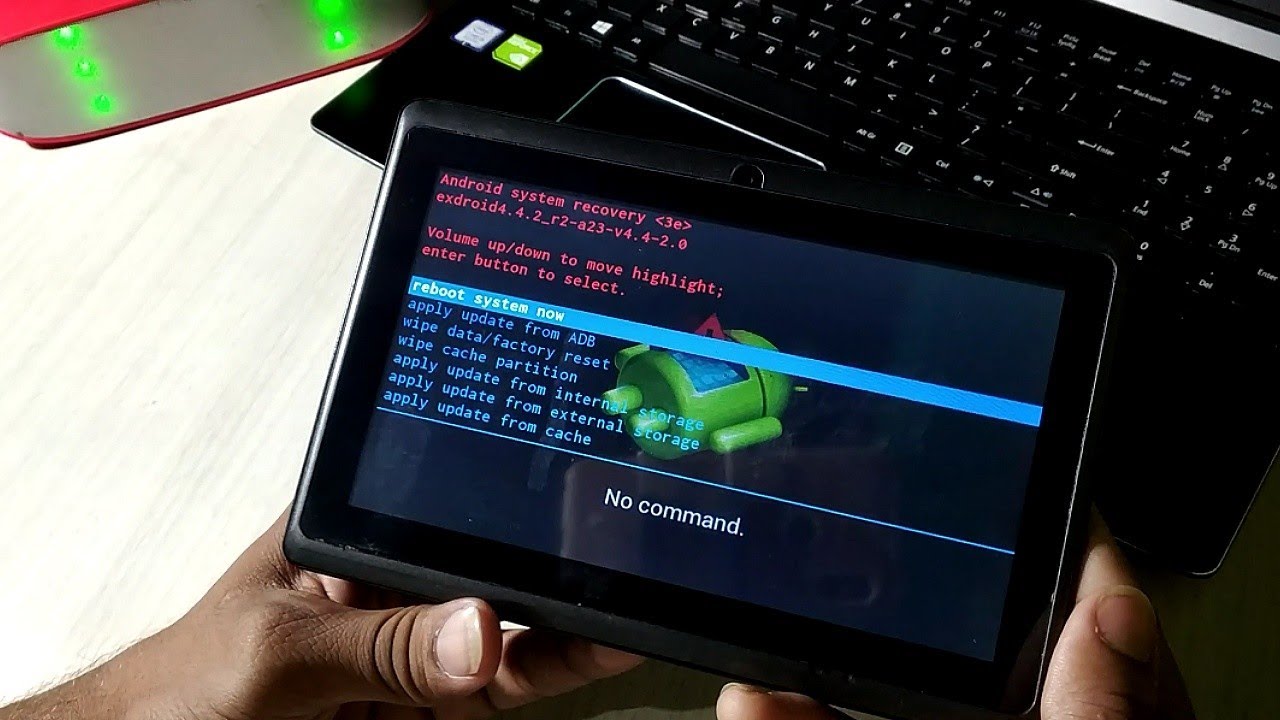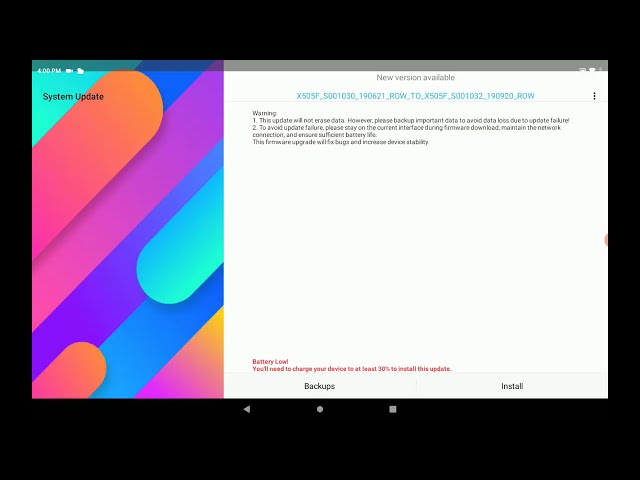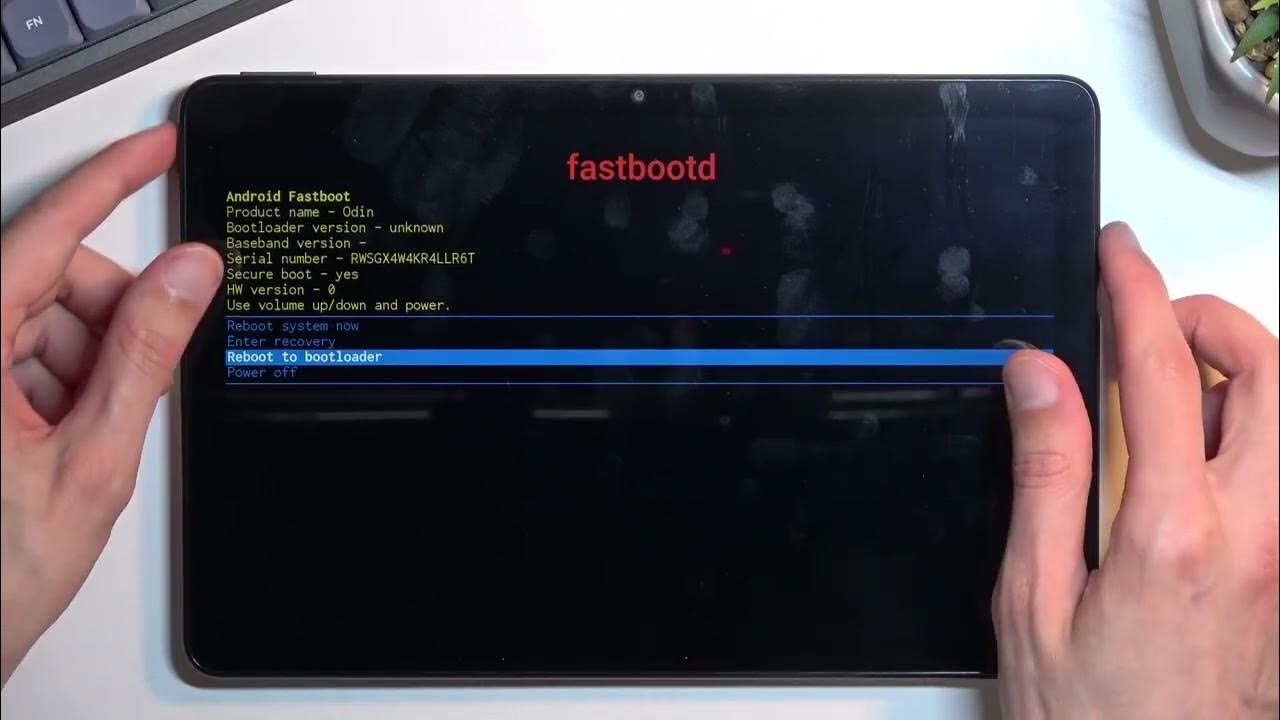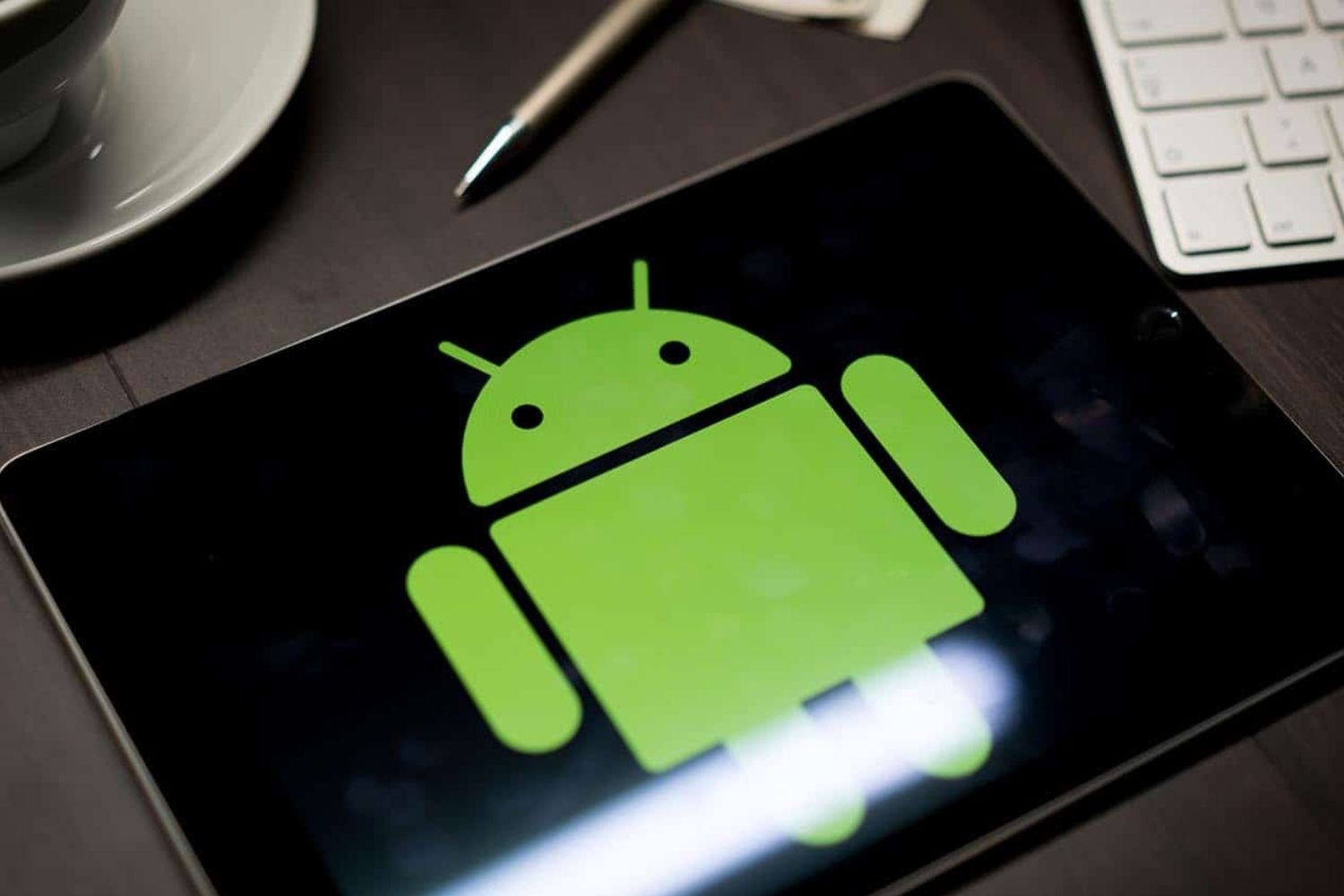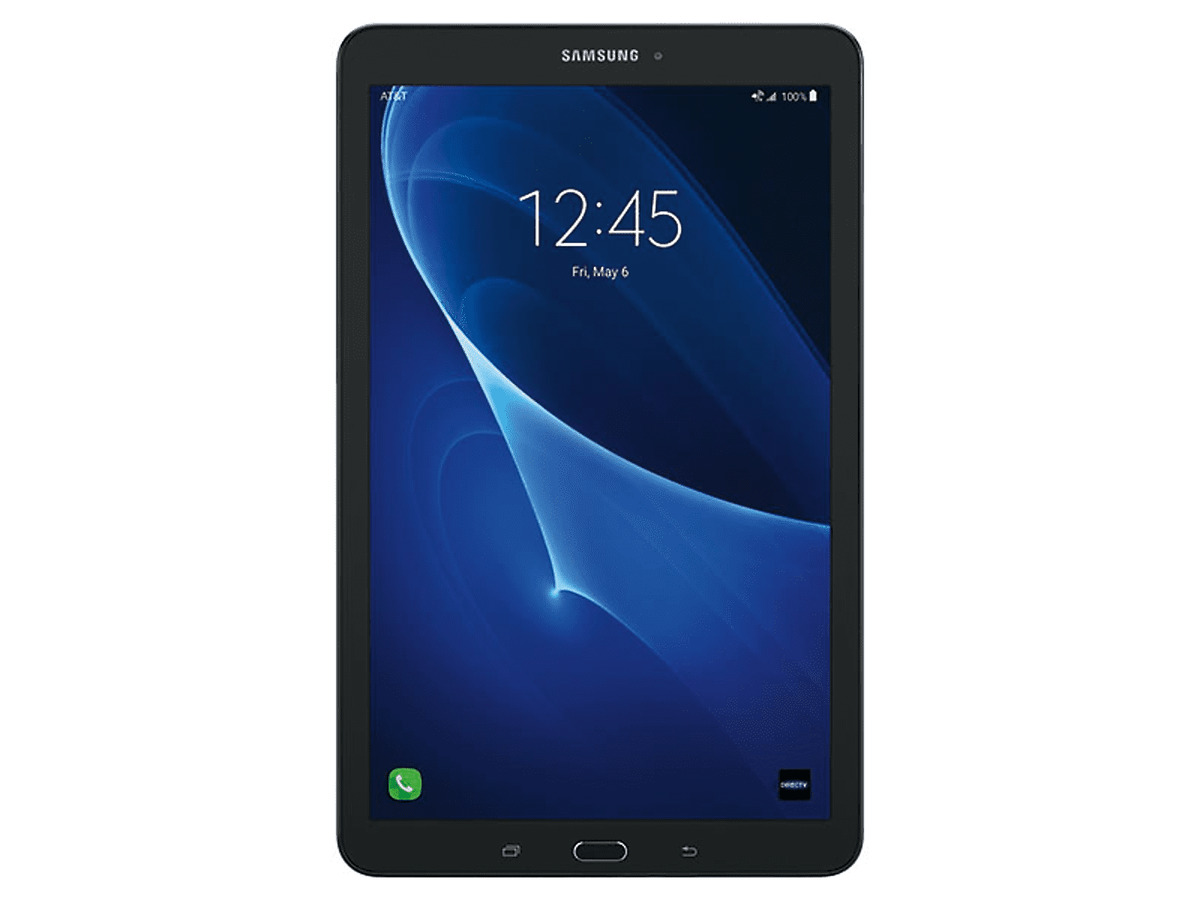Introduction
Rebooting an Android tablet can be an effective solution for various issues, from freezing and lagging to software glitches. Just like any electronic device, tablets can encounter problems that require a fresh start to restore their optimal performance. It is important to note that rebooting a tablet is not the same as simply turning it off and then on again. A proper reboot involves specific procedures that help clear temporary files, refresh system settings, and ensure a clean start for the device.
In this article, we will guide you through the steps to reboot an Android tablet effectively. Whether you are facing sluggish performance or unresponsive apps, these methods will help you troubleshoot common issues and get your tablet back up and running smoothly.
Before diving into the rebooting methods, it’s essential to understand that these procedures can erase your data. Therefore, it is crucial to back up any important files and documents before proceeding with the steps. Now, let’s explore the different rebooting techniques that can help you address various tablet issues.
Step 1: Performing a Soft Reset
A soft reset is a quick and straightforward method to resolve minor issues on your Android tablet. It involves restarting the device to clear any temporary files, refresh the system, and eliminate any software glitches that may be causing problems.
To perform a soft reset on your Android tablet, follow these steps:
- Press and hold the Power button on your tablet until the power options menu appears on the screen.
- Tap on the “Restart” or “Reboot” option. The device will then begin the reboot process.
- Wait for your tablet to power off completely and then turn it back on.
After the soft reset, your tablet will start fresh, and many common issues such as freezing, slow performance, and unresponsive apps should be resolved. If the problem persists, you can move on to the next step.
It’s worth mentioning that a soft reset does not erase any data or settings on your tablet. It simply clears temporary files and refreshes the system. However, if you are facing more severe issues or if the soft reset does not solve your problem, you might need to perform a factory reset, which will erase all data on your tablet.
Now that you have learned how to perform a soft reset on your Android tablet, you can move on to the next section to explore the next method for rebooting your device.
Step 2: Performing a Factory Reset
If you are experiencing persistent issues with your Android tablet that cannot be resolved with a soft reset, performing a factory reset may be the solution. A factory reset restores your tablet to its original factory settings, effectively wiping all data and settings from the device.
Before proceeding with a factory reset, it is essential to back up any important files or data on your tablet as this process will permanently erase everything. Once you have done that, follow these steps to perform a factory reset:
- Go to the Settings menu on your Android tablet. You can usually access this by swiping down from the top of the screen and tapping on the gear icon.
- Scroll down and tap on “System” or “System and Updates,” depending on your device.
- Look for the “Reset” option and tap on it.
- Select “Factory Reset” or “Erase All Data.”
- Confirm your selection and wait for the process to complete. This may take a few minutes.
After the factory reset is finished, your tablet will be restored to its original state. You will need to set up your device as if it were brand new, including signing in to your Google account and reinstalling your apps. Make sure to reinstall only the necessary apps to avoid cluttering your tablet’s storage.
Performing a factory reset is an effective way to resolve persistent software-related issues on your Android tablet. However, it should be used as a last resort, as it erases all personal data and settings. If the problem persists even after performing a factory reset, you may need to consider a hard reset, which involves rebooting the tablet using hardware buttons.
Now that you are familiar with the process of performing a factory reset, let’s move on to the next section to explore the hard reset method for rebooting your Android tablet.
Step 3: Performing a Hard Reset
If your Android tablet is unresponsive or you are unable to access the settings menu, performing a hard reset can help you reboot the device. A hard reset involves using specific combinations of hardware buttons to force the tablet to restart.
Here’s how you can perform a hard reset on your Android tablet:
- Ensure your tablet is powered off.
- Press and hold the Power button and the Volume Down button simultaneously.
- Continue holding both buttons until the tablet powers on and the logo appears.
- Once the logo appears, release the buttons and wait for the system recovery menu to appear.
- Use the Volume Up and Volume Down buttons to navigate through the options and highlight the “Factory Reset” or “Wipe Data/Factory Reset” option.
- Press the Power button to select the highlighted option.
- Confirm your selection by selecting “Yes” or “Confirm” when prompted.
- Wait for the reset process to complete, and then select the “Reboot System Now” or “Restart” option.
It’s important to note that the exact steps for performing a hard reset may vary slightly depending on your tablet’s make and model. If the above steps don’t work, refer to your tablet’s user manual or visit the manufacturer’s website for specific instructions.
A hard reset is a more aggressive method compared to a soft reset or factory reset, as it completely wipes all data and settings from your tablet. It should only be used when you are unable to perform a soft reset or factory reset, or if you are experiencing severe software issues that cannot be resolved through other methods.
With the hard reset complete, your tablet will boot up afresh, and any software issues or glitches should be resolved. However, keep in mind that all your data will be erased, so be sure to back up any important files before proceeding with a hard reset.
Now that you know how to perform a hard reset, let’s move on to the next section to discover some troubleshooting tips that can help resolve common tablet issues.
Step 4: Troubleshooting Tips
If you are still experiencing issues with your Android tablet after performing a soft reset, factory reset, or hard reset, there are additional troubleshooting tips that you can try before seeking professional assistance. These tips can help identify and resolve common issues, potentially saving you from the hassle of rebooting your tablet again.
Here are some troubleshooting tips to consider:
- Update your software: Ensure that your tablet’s operating system and apps are up to date. Updates often include bug fixes and performance improvements that can help resolve issues.
- Clear app cache: Some apps store temporary files called cache that can accumulate over time and affect the performance of your tablet. Clearing the app cache can help resolve issues related to specific apps.
- Manage storage: Insufficient storage space on your tablet can cause performance issues. Delete unnecessary files, apps, and media to free up space.
- Disable unnecessary apps: Some apps run in the background and consume resources, even when you are not using them. Disable or uninstall apps that you do not need or rarely use.
- Scan for malware: Install a reliable antivirus app and perform a scan to check for any malware or viruses that may be impacting your tablet’s performance.
- Reset app preferences: Resetting app preferences can solve issues related to app permissions and defaults. Go to the Settings menu, select “Apps” or “Applications,” then tap on “Reset App Preferences.”
- Check for hardware issues: If you have tried all the software troubleshooting steps and are still experiencing problems, it may be a hardware issue. Contact the manufacturer or seek professional assistance for further diagnosis and repair.
Remember to restart your tablet after implementing each troubleshooting step to see if the issue is resolved.
By following these troubleshooting tips, you may be able to address common issues and resolve them without the need for a full reboot or reset.
Now that you are equipped with various rebooting methods and troubleshooting tips, you can effectively tackle issues with your Android tablet and enjoy a smoother user experience.
Conclusion
Rebooting an Android tablet can be an effective solution for various issues that you may encounter, such as freezing, lagging, unresponsive apps, and software glitches. Whether it’s performing a soft reset, factory reset, or hard reset, these methods can help you troubleshoot and resolve common problems.
Starting with a soft reset is always a good first step, as it is quick and straightforward. If the issue persists, a factory reset can restore your tablet to its original settings, though it will erase all data and settings in the process. In more severe cases, a hard reset may be necessary, but remember that it will also erase all data and settings.
If you are still facing issues after rebooting your tablet, the troubleshooting tips provided can help identify and resolve common issues. Updating your software, clearing app cache, managing storage, disabling unnecessary apps, scanning for malware, and resetting app preferences are all effective ways to address software-related problems.
However, it’s essential to remember that sometimes the root cause of the issue may be hardware-related. If you have exhausted all software troubleshooting steps and are still experiencing problems, it is advisable to contact the manufacturer or seek professional assistance for further diagnosis and repair.
By following the rebooting methods and troubleshooting tips outlined in this article, you can effectively address issues with your Android tablet and enjoy a smoother and more enjoyable user experience.







